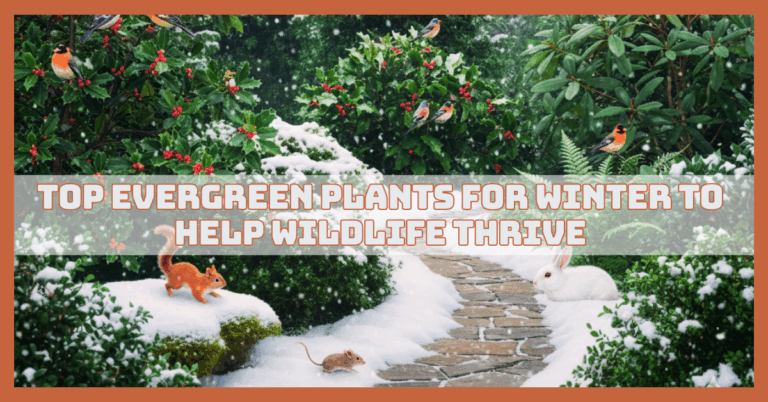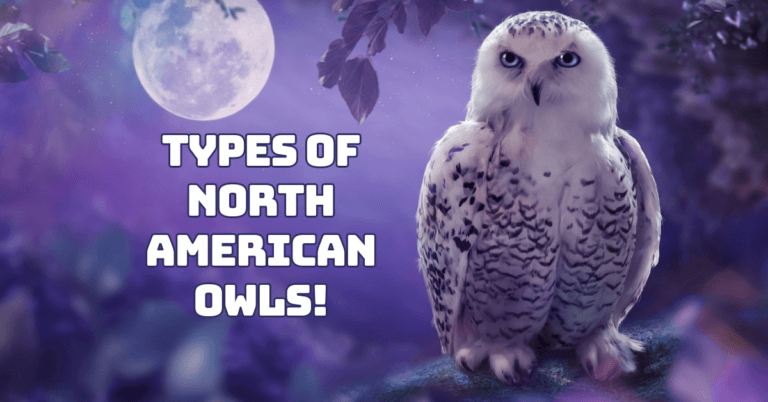Interesting Facts About White-Tailed Deer
Interesting Facts About White-Tailed Deer
White-tailed deer (Odocoileus virginianus) are one of North America's most recognized and widespread deer species. They are known for their distinctive white underside on their tails.
These herbivores thrive in forests, fields, and even suburban areas. They are highly adaptable and feed on various plants, from grasses to shrubs.
Facts About White-Tailed Deer reveal that they are crucial to the ecosystem, but their increasing population often leads to challenges like overgrazing and conflicts with humans.
Learning about white-tailed deer is vital for understanding their role in the ecosystem and addressing the challenges their growing population poses.
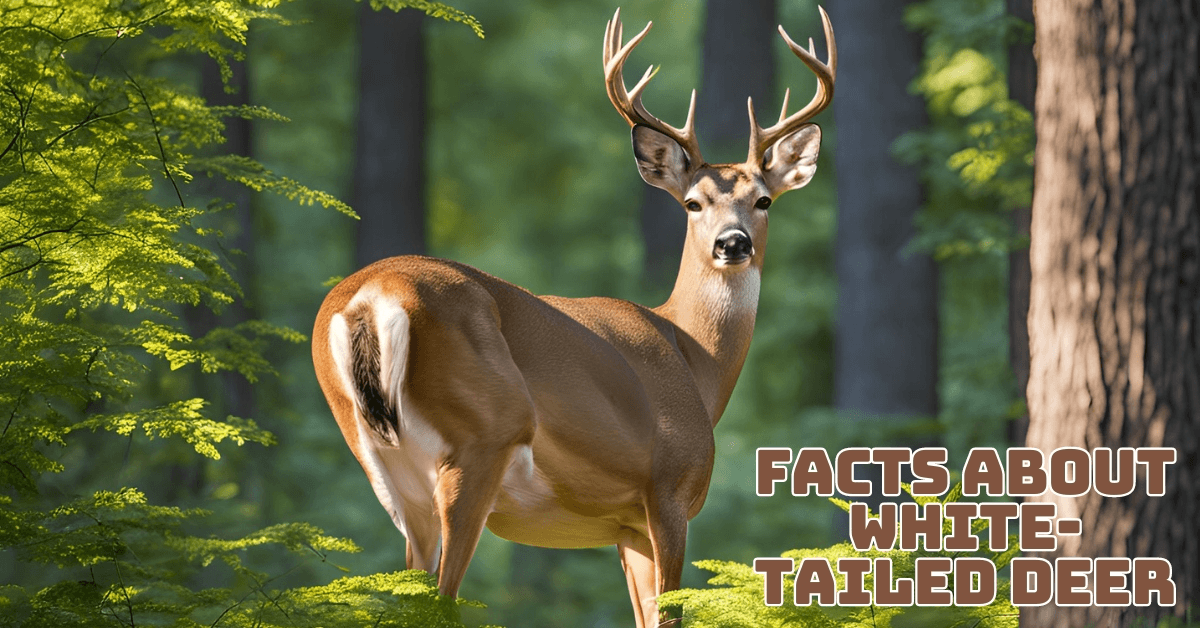
What Are White-Tailed Deer?
White-tailed deer (Odocoileus virginianus) are medium-sized mammals native to North America. They are known for their distinctive white underbelly and the white underside of their tails, which they raise when alarmed as a signal to other deer.
Males, called bucks, are recognizable by their impressive antlers, which they shed and regrow annually, while females, known as does, typically lack antlers. Fawns, or young deer, are born with white spots for camouflage, which they lose as they mature.
These highly adaptable deer inhabit various environments, including forests, grasslands, wetlands, and urban areas. White-tailed deer are herbivores, consuming a diverse diet that includes grasses, shrubs, leaves, fruits, and acorns, depending on seasonal availability. Their ability to digest fibrous plant material allows them to thrive in many regions.
They play a significant role in the ecosystem as prey for predators like wolves, coyotes, and mountain lions and as seed dispersers through their browsing habits.
However, due to a lack of natural predators, their growing populations have led to concerns about overgrazing, habitat degradation, and conflicts with humans, such as vehicle collisions and damage to crops and gardens.
What Do White-Tailed Deer Look Like
White-tailed deer are one of North America's most iconic and easily recognized wildlife species. Several distinct features characterize them.
Here are some fascinating facts about white-tailed deer that highlight their particular features and make them one of North America's most iconic wildlife species.
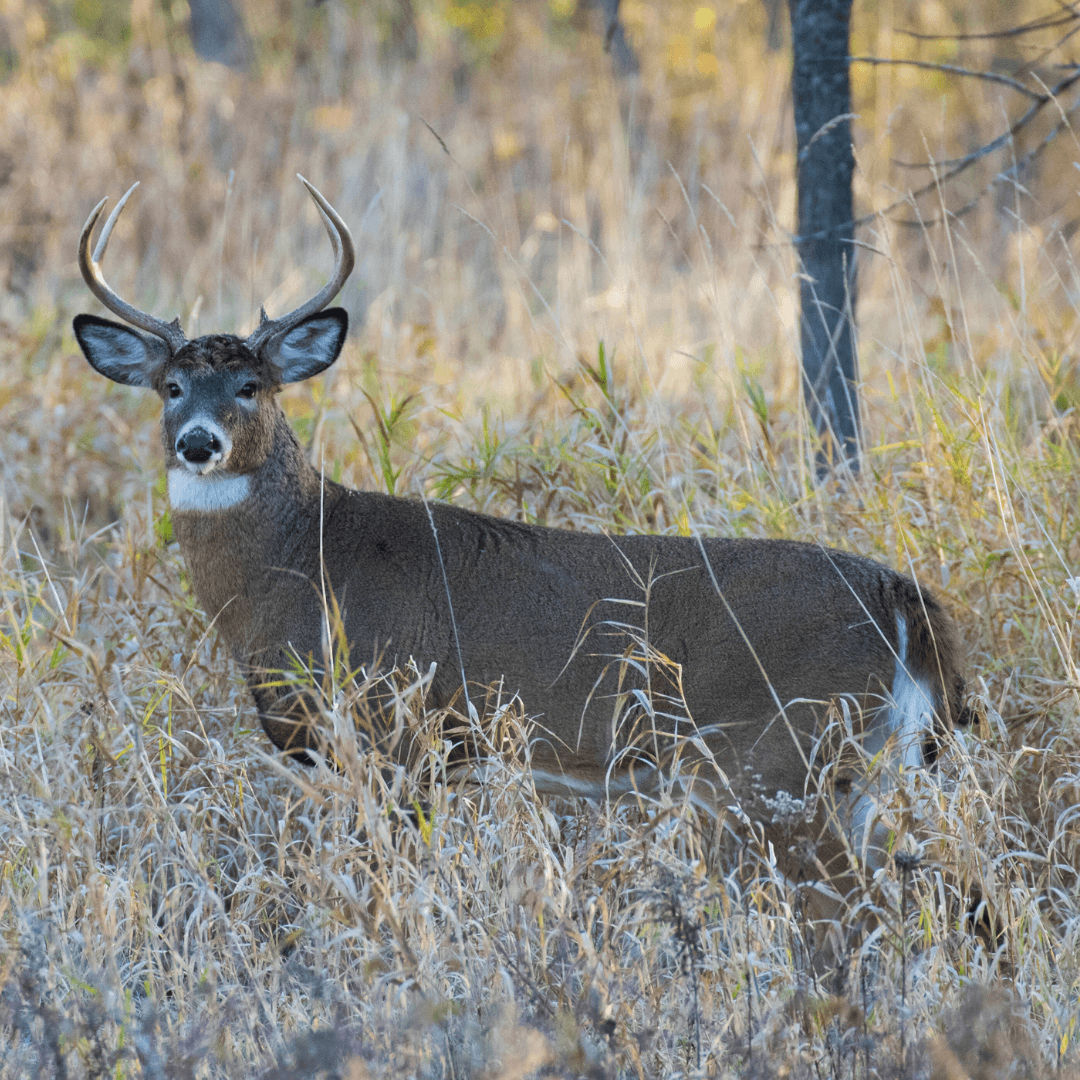
1. Size And Weight Of White-Tailed Deer
Males (Bucks)
Adult males typically weigh 150 to 300 pounds and stand around 3 to 3.5 feet tall at the shoulder.
Females (Does)
Females are generally smaller, weighing around 90 to 200 pounds and having a height similar to bucks.
Fawns
Young deer (fawns) are born weighing about 4 to 8 pounds and grow rapidly in the first few months of life.
2. Colouration Of White-Tailed Deer
Summer Coat
During warmer months, white-tailed deer have a sleek, reddish-brown coat. This lighter colour helps them blend into the forest and fields.
Winter Coat
As the season changes, their fur thickens and turns grayish-brown or brownish-gray, providing better insulation and camouflage against the winter landscape.
Fawn Markings
Fawns are born with a coat covered in white spots, which provide excellent camouflage by breaking up their outline in dappled sunlight. These spots fade after a few months.

3. Tail Features Of White-Tailed Deer
The most distinctive feature of their tails is the bright white underside. They raise their tails when alarmed or running away, exposing the bright white underside.
One notable fact about white-tailed deer is that they exhibit ‘flagging,' where they raise their tails to reveal the bright white underside as a warning signal to other deer.
The upper side of their tail is brown and blends with their body when lowered.
4. Antlers Of White-Tailed Deer
Bucks
Only males grow antlers, which are shed and regrown annually. The antlers start growing in the spring, covered by a soft layer of skin called “velvet,” which supplies nutrients for growth. The velvet is shed by late summer, revealing the hard, bony antlers beneath.
Antler Shape
The antlers can be branched with several tines, varying by age and genetics. Mature bucks may have large, impressive racks with multiple points.
Does
Females do not have antlers.
5. Body Shape Of White-Tailed Deer
White-tailed deer have a slender, athletic build and long, strong legs designed for quick, agile movements. They have a strong swimming stroke and can sprint up to thirty miles per hour.
They have a narrow head and large body, with a proportionally long neck that gives them an elegant appearance.Their legs are long and thin, ideal for moving through forest undergrowth or open fields.
6. Facial Features Of White-Tailed Deer
Eyes
Their large, dark brown eyes are positioned on the sides of their heads, giving them excellent peripheral vision. One of the intriguing facts about white-tailed deer is that their large, dark brown eyes are positioned for superb peripheral vision and enhanced night vision.
Ears
White-tailed deer have large, pointed ears that rotate independently to detect sounds from various directions. This allows them to be highly alert to potential threats.
Nose
Their nose is black, moist, and highly sensitive, allowing them to detect scents from great distances.
7. Hooves Of White-Tailed Deer
Their hooves are cloven, meaning they are split into two segments. These hooves are well-suited for traversing various terrains, from soft forest floors to rocky hillsides.
8. Behavioural Indicators Of White-Tailed Deer
White-tailed deer often exhibit distinctive body language. For example, their tail flagging is a clear visual signal of alarm, and they may also stomp their front hooves and snort when sensing danger.
Their coat colour can change slightly with the seasons, a unique adaptation that helps them stay camouflaged against their environment throughout the year.
What Do White-Tailed Deer Like To Eat
White-tailed deer are herbivores with a highly adaptable diet that varies depending on the season, habitat, and food availability. Below is a detailed explanation of what white-tailed deer like to eat, presented in key points:
1. General Diet Of White-Tailed Deer
White-tailed deer are browsers, meaning they feed primarily on leaves, twigs, fruits, and nuts rather than continuously grazing like other herbivores.
Thanks to their diet of diverse plant materials, they may live in various settings, including forests, grasslands, wetlands, and even suburban areas where food sources like shrubs and garden plants are available.
2. Seasonal Variations In The Diet Of White-Tailed Deer
Spring And Summer
White-tailed deer can access lush green vegetation during warmer months. They prefer:
- Leaves and Twigs: Fresh, tender leaves from trees, shrubs, and bushes are a favourite.
- Grasses and Forbs: Herbaceous plants (forbs) and grasses are consumed, especially in open fields and meadows.
- Fruits: When available, deer will consume various fruits, such as berries, apples, and persimmons. An interesting fact about white-tailed deer is that they enjoy eating various fruits, especially wild berries, apples, and persimmons, whenever available.
- New Growth: Shoots, buds, and new growth from trees like maple, oak, and aspen are highly nutritious and a favourite among deer.
Fall
As plants begin to prepare for winter, white-tailed deer adjust their diet to include more energy-rich foods:
- Acorns and Nuts: Acorns (especially from oak trees) and other nuts become a crucial food source in the fall. These foods are high in fat, which helps deer store energy for the winter.
- Fallen Fruit: Any late-season fruits, such as apples, pears, or crabapples, are consumed when available.
- Corn and Soybeans: In agricultural areas, deer often raid fields to feed on crops that offer high energy content.
Winter
With less greenery available, white-tailed deer rely on more fibrous, woody materials:
- Twigs and Bark: Deer consume the twigs, bark, and stems of woody plants, especially from trees like maple, oak, and hickory.
- Evergreens: In some areas, deer browse on evergreen trees like cedar and pine when other food sources are scarce.
- Stored Nuts: If any acorns or nuts are left from the fall, they remain a valuable food source during the harsh winter months.
3. Favourite Foods Of White-Tailed Deer
Acorns
Among all food sources, acorns are one of the white-tailed deer’s favourite treats. One of the important facts about white-tailed deer is that acorns are among their favourite foods, providing essential nutrition, especially in the fall.
Fruits
Apples, persimmons, and berries are highly favoured, particularly when ripe and easily accessible.
Soybeans And Corn
In regions with agriculture, deer often consume large quantities of soybeans and corn due to their easy availability and high nutritional value.
4. Habitat-Specific Foods Of White-Tailed Deer
Forest Areas
Deer in heavily forested areas will browse hardwood trees, including oak, hickory, and maple, along with various shrubs and undergrowth.
Farmlands
Deer in agricultural zones may feed heavily on corn, alfalfa, and soybeans. They may also graze on leftover crops or enter orchards to eat fruits.
Suburban Areas
In suburban settings, deer may eat ornamental plants, garden vegetables, and flowers like hostas and tulips from residential yards.
5. Nutritional Needs Of White-Tailed Deer
White-tailed deer seek a diet high in protein, fats, and carbohydrates during different times of the year to meet their nutritional needs.
During the growing season, high-protein foods like young plants and buds are essential for growth and development.
In fall and winter, energy-dense foods, such as acorns and nuts, are crucial for building fat reserves that will sustain them through the cold months.
Interesting Facts About White-Tailed Deer
White-tailed deer are one of North America's most recognizable and cherished wildlife species. Known for their graceful movements and distinctive features, they play a crucial role in North American ecosystems through their behaviours, social structures, and ecological importance.
1. Communication
One of the fascinating facts about white-tailed deer is that they are skilled communicators, employing vocalizations like grunts and bleats to express their feelings and intentions.
Bucks emit grunts to attract does and assert dominance during the mating season. Does may use bleats to call their fawns or signal alarm to other deer.
Additionally, snorts are often used as warning calls when deer sense danger. These vocalizations are accompanied by body language, such as tail movements and ear positioning, allowing deer to communicate effectively within their social structures.
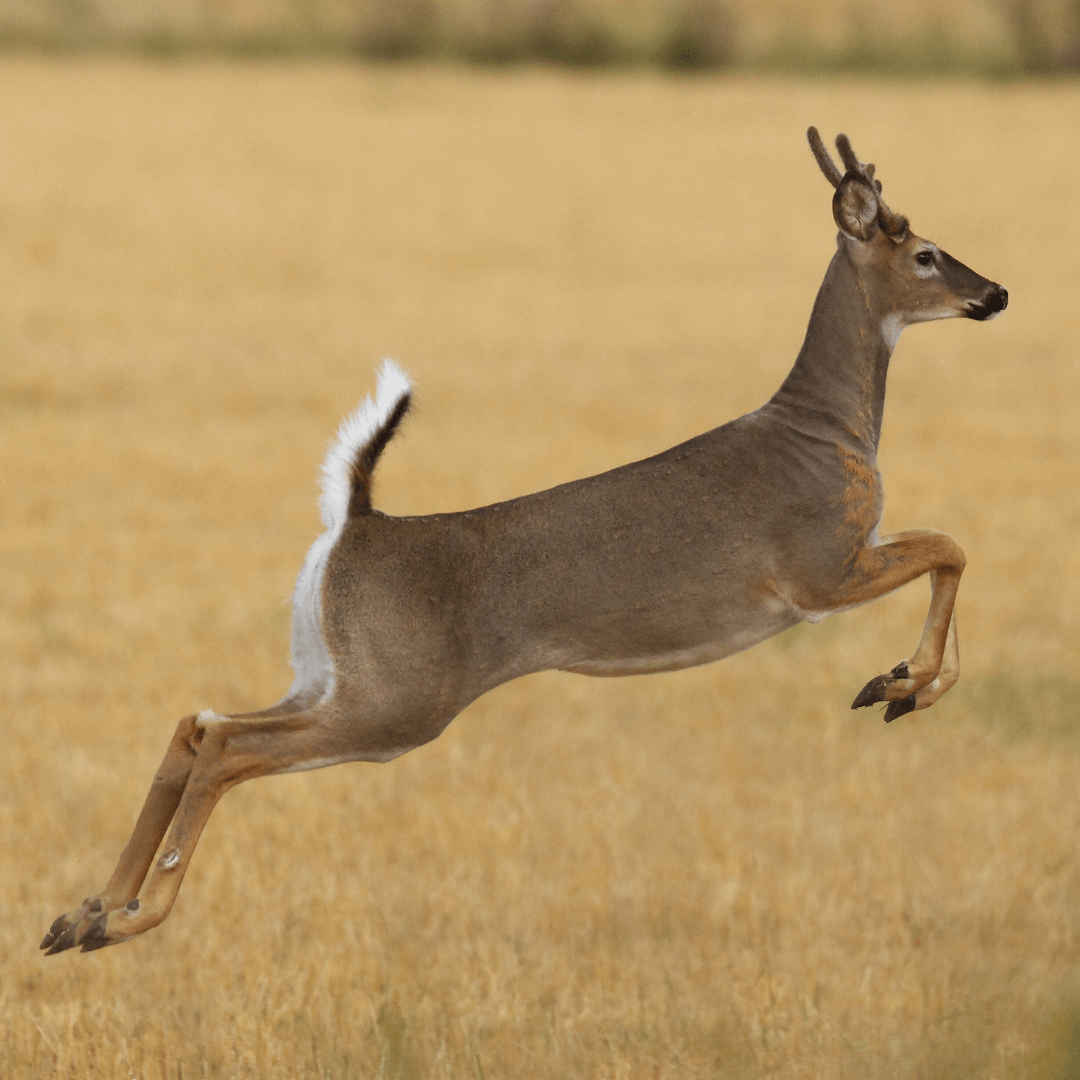
2. Jumping Skills Of White-Tailed Deer
White-tailed deer are renowned for their remarkable jumping abilities. They can leap over obstacles as high as 10 feet and utilize this skill to navigate their environment and evade predators.
Their powerful hind leg muscles make this impressive jumping talent possible, enabling quick bursts of speed and agility.
When fleeing danger, deer often jump strongly, clearing fences, logs, or other barriers. Their ability to jump high enhances their survival prospects in the wild.
3. Keen Senses
White-tailed deer possess exceptional sensory capabilities that are crucial to their survival. Their keen sense of smell is particularly acute, allowing them to detect scents from considerable distances, which helps them identify food sources and potential threats.
They can also travel in dim light thanks to their huge, black eyes, which have superb night vision. Their large field of vision, provided by their eyes on the sides of their heads, aids in their ability to identify oncoming predators and other deer.
4. Bouncing Back
An intriguing fact about white-tailed deer is that they use a zig-zag running pattern to evade predators, making it difficult for them to predict the deer's movements.
This erratic movement confuses predators, as they cannot predict the deer's path, allowing them to escape more effectively.
White-tailed deer also have the intriguing trait of being able to move quickly and with agility through thick undergrowth and other barriers, increasing their chances of avoiding capture. This behaviour highlights their adaptability and instinctual survival strategies in the face of threats.
5. Lone Wanderers
While white-tailed deer can be social animals, especially during the breeding season, many prefer a solitary lifestyle or live in small family groups.
One of the interesting facts about white-tailed deer is that, while they can be social, many prefer a solitary lifestyle or live in small family groups, typically consisting of a mother doe and her fawns.
Solitary behaviour allows individual deer to reduce competition for resources, such as food and territory. However, during the rut, males become more social as they search for mates, increasing deer interactions.

6. Fawn Count Of White-Tailed Deer
A typical doe usually gives birth to one or two fawns yearly, but she can have up to three in optimal conditions. The fawns are born in late spring to early summer, coinciding with abundant food sources.
At birth, fawns weigh about 4 to 8 pounds and are covered in white spots that effectively camouflage their surroundings.
Mothers are very protective and often hide their fawns in dense vegetation while foraging, ensuring their young are safe from predators.
7. Territorial Behaviour Of White-Tailed Deer
One notable fact about white-tailed deer is that during the rut, bucks exhibit strong territorial behaviour by rubbing their antlers against trees and shrubs to mark their territory.
They may rub their antlers against trees and shrubs to mark their territory and leave scent markings. This behaviour establishes their presence in an area and communicates their dominance to other bucks.
Bucks may also engage in sparring matches, where they clash their antlers to assert their strength and attract females. These displays are essential for establishing hierarchy and breeding rights among males.
8. Colour Change In White-Tailed Deer
White-tailed deer experience significant colour changes in their fur as the seasons transition. In the summer, their coats are typically reddish-brown, which helps them blend into the vibrant foliage.
As fall approaches, their fur transitions to a more grayish-brown hue, providing better camouflage in the bare winter landscape.
This seasonal colour change is an evolutionary adaptation that enhances their ability to avoid predators and thrive in different environments throughout the year.
9. Dietary Diversity Of White-Tailed Deer
One key fact about white-tailed deer is that they have a diverse diet. In their habitats, they feed on over 600 different types of plants, fruits, and nuts, including leaves, twigs, grasses, acorns, berries, and crops like corn and soybeans.
Their adaptability enables them to live in various settings, including forests and suburbs. They can always get the necessary nourishment because they may change their meals according to the season.
10. Cultural Significance Of White-Tailed Deer
In many societies, white-tailed deer are culturally significant and are often regarded as symbols of grace, beauty, and nature.
They frequently appear in folklore, art, and literature, representing various themes, including freedom and the wilderness.
Additionally, they are celebrated in various festivals and events, reflecting their importance in wildlife conservation and appreciation.
In some regions, white-tailed deer are also used as mascots for sports teams, emphasizing their cultural relevance and popularity.
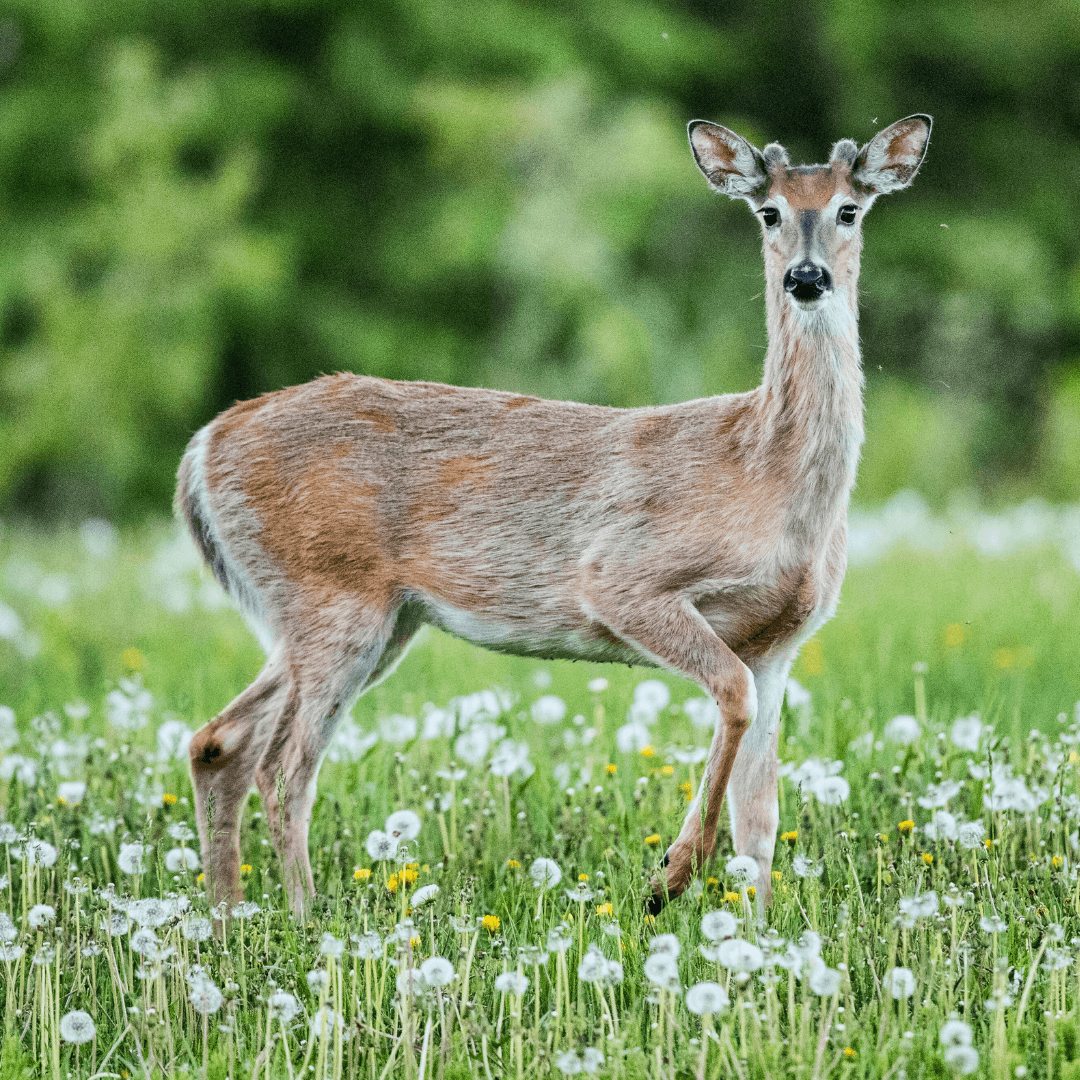
11. Antler Growth Of White-Tailed Deer
Antler growth in male white-tailed deer, or bucks, is a fascinating process influenced by several key factors. One interesting fact about Bucks is that age significantly influences antler growth, with older males developing larger and more complex racks.
Genetics also significantly impacts antler size, with certain bloodlines producing consistently impressive antlers. Additionally, nutrition is essential; bucks with access to a high-protein diet rich in minerals and vitamins can develop antlers with more tines and greater mass, sometimes exceeding 30 points.
12. Scent Marking Of White-Tailed Deer
Scent marking is a vital communication method among white-tailed deer, and they possess specialized scent glands on their hooves, faces, and around their eyes.
These glands release pheromones and other scents that convey information about their identity, reproductive status, and territory.
Bucks often use these scents to establish dominance during the rut, marking their territory by rubbing their antlers against trees and shrubs.
This behaviour communicates their presence to other deer and plays a crucial role in mating and social interactions within their environment.
FAQ
1. Are White-Tailed Deer Dangerous?
Answer: White-tailed deer are generally not dangerous to humans but can be unpredictable if threatened. They may become aggressive during the rut or if they feel cornered, and vehicle collisions with deer can be hazardous.
2. Are White-Tailed Deer Endangered?
Answer: No, white-tailed deer are not endangered. Their populations are stable or increasing in many areas due to habitat adaptability and successful conservation efforts.
3. Are White-Tailed Deer Herbivores?
Answer: Yes, white-tailed deer are herbivores. They primarily eat various plants, including leaves, twigs, fruits, and nuts.
4. Are White-Tailed Deer Colour Blind?
Answer: It is thought that white-tailed deer cannot see colour. They can detect movement more accurately than humans because they sense colour differently, mostly in blue and yellow tones.
5. What Plants Do White-Tailed Deer Eat?
Answer: The varied diet of white-tailed deer comprises more than 600 plant species. They commonly eat grasses, leaves, twigs, acorns, berries, and various crops.

Conclusion
In conclusion, the facts about white-tailed deer highlight their vital role in ecosystems and the importance of conservation efforts to ensure their survival despite challenges like habitat loss and vehicle collisions.
While they face challenges such as habitat loss and vehicle collisions, conservation efforts have helped maintain their populations.
Understanding and appreciating these graceful animals fosters a deeper connection to nature and emphasizes the importance of preserving their habitats for future generations.
I trust you enjoyed this article on Interesting Facts About White-Tailed Deer. Stay tuned for more blog posts soon. Take care!
JeannetteZ
>>>Please click here to read my all-inclusive article about Why Is Wildlife Important And How Can We Protect It<<<
Your Opinion Is Important To Me
Do you have thoughts, ideas, or questions? I would love to hear from you. Please leave me your questions, experiences, and remarks about this article, Interesting Facts About White-Tailed Deer, in the comments section below. You can also email me at Jeannette@Close-To-Nature.org.
Disclosure
This post may contain affiliate links. As an Amazon Associate and other affiliate programs, I earn from qualifying purchases at no extra cost to you. Please read my full affiliate disclosure.
You might also enjoy these blog posts:
Largest Owls In The World: Majestic Giants Of The Wild
Interesting Facts About Owls That Will Fascinate You
Best Container Flowers For A Thriving Garden
Best Container-Grown Vegetables
How To Grow Wildflowers In Pots





